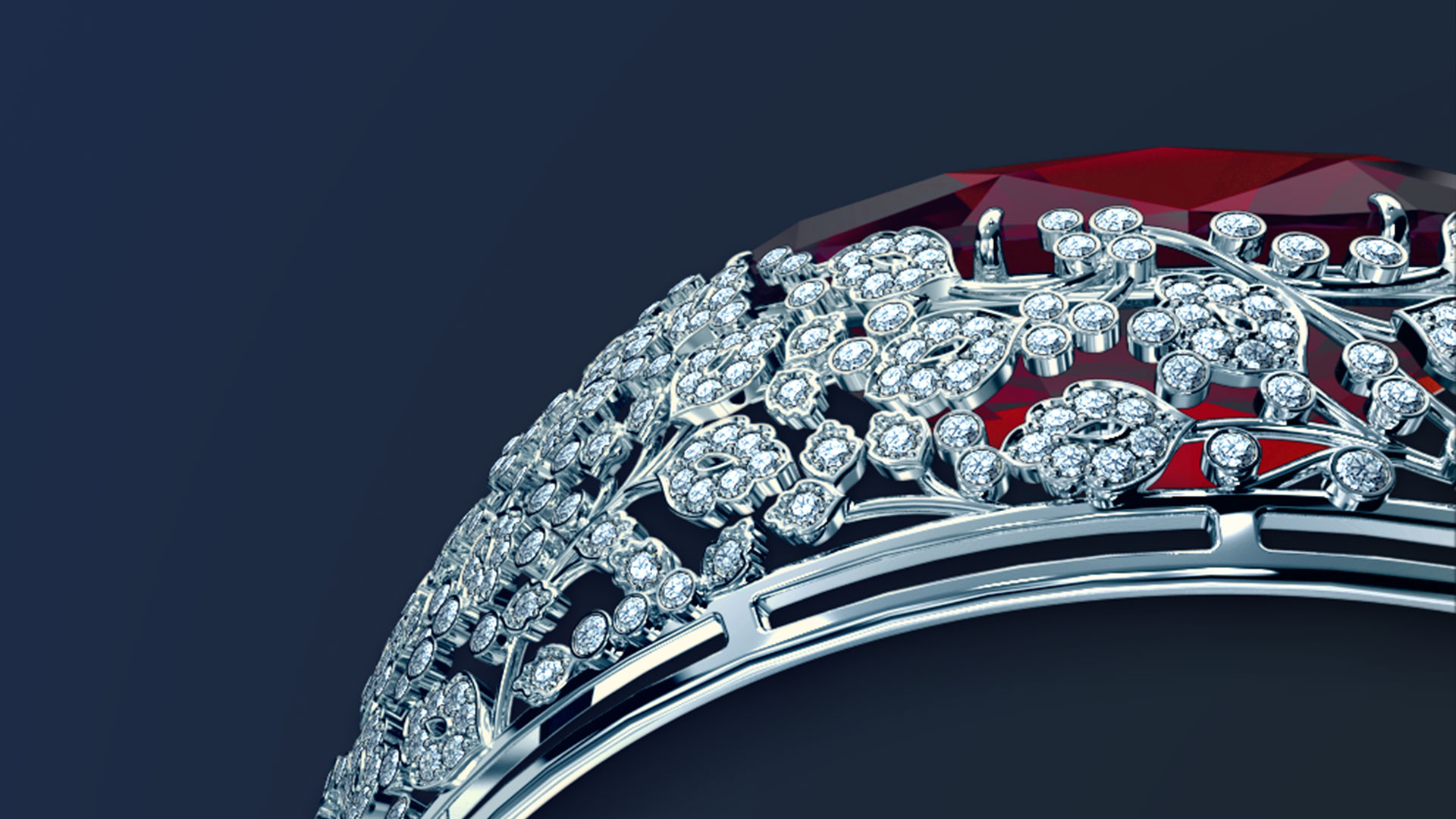In the competitive world of jewelry e-commerce, the ability to quickly and effectively showcase new designs can be a game-changer. Photorealistic rendering stands out as a revolutionary tool, allowing jewelers to expand their catalogs without the high costs associated with traditional photography and physical prototypes.
The Power of Photorealistic Rendering
Photorealistic renders offer a visually appealing alternative to photography by creating lifelike images of jewelry pieces before they are physically produced. This technology not only reduces the need for costly materials and inventory but also accelerates the marketing process, allowing designers to share their creations with the market almost immediately.

Cost Reduction and Faster Time-to-Market
Utilizing renders eliminates the expenses associated with multiple prototype iterations. Designers can refine and modify their creations digitally, which is far less expensive than modifying physical pieces. Moreover, the ability to produce high-quality images promptly means faster campaign launches and the ability to react dynamically to fashion trends and consumer feedback.
Enhancing Online Customer Experience
Photorealistic renders provide customers with a detailed view of products from multiple angles and in different lighting conditions, which traditional photography might miss. This level of detail can significantly enhance the online shopping experience, increase consumer confidence, and reduce return rates by aligning customer expectations with reality.
Meeting Modern Consumer Demands
Today’s consumers expect dynamic and interactive shopping experiences. Photorealistic rendering meets this demand by integrating with technologies like AR (Augmented Reality) for virtual try-ons, giving customers a better sense of how a piece will look in person, and further bridging the gap between online browsing and physical shopping.
Conclusion: A Strategic Asset for Jewelry Marketers
For jewelry businesses looking to expand their reach and efficiency, adopting photorealistic rendering is a strategic move. It offers a cost-effective solution for catalog expansion and aligns with the digital-first approach that modern e-commerce demands. As the technology continues to evolve, its integration into jewelry marketing strategies will become more predominant, offering endless possibilities for innovation and customer engagement.


